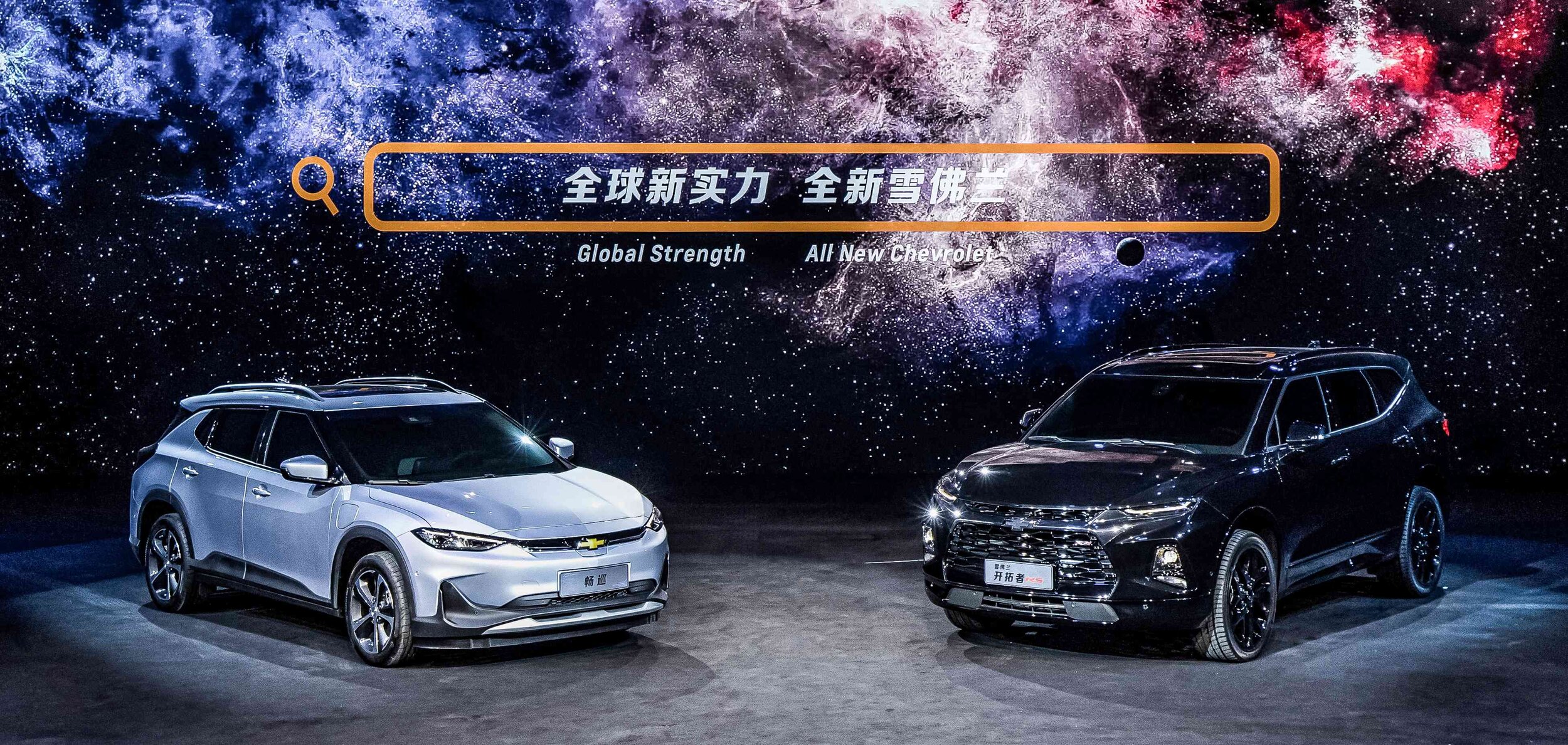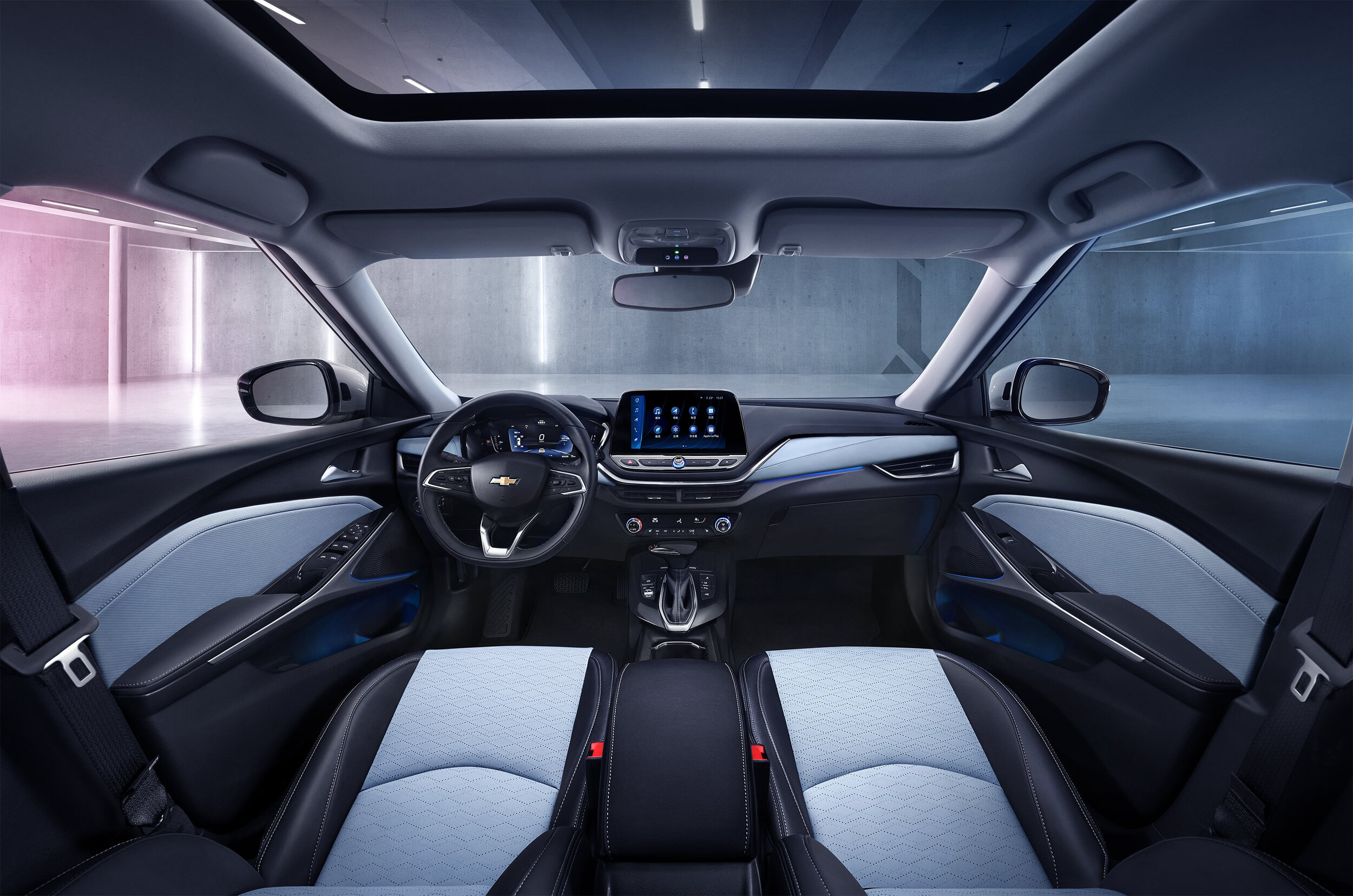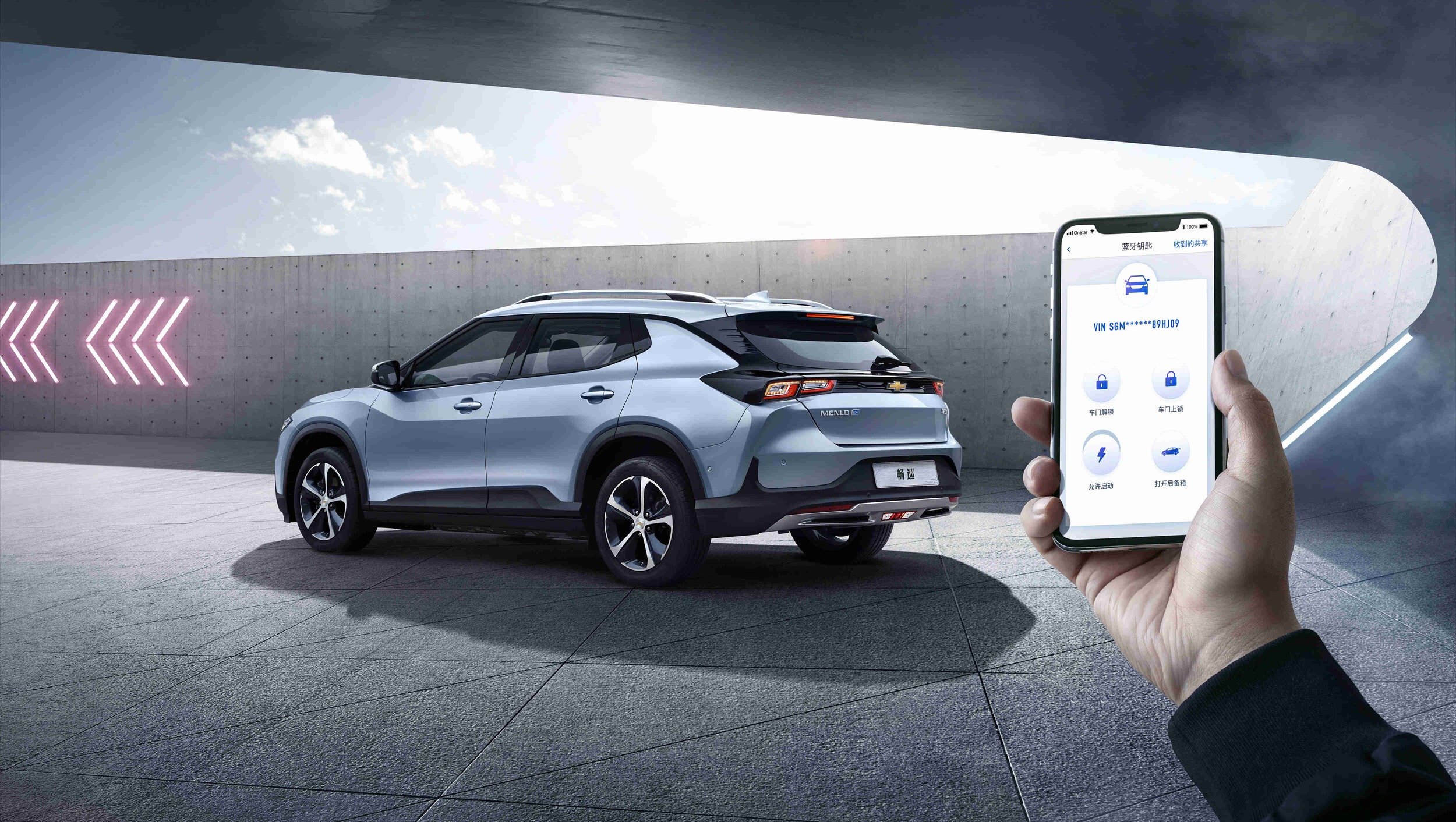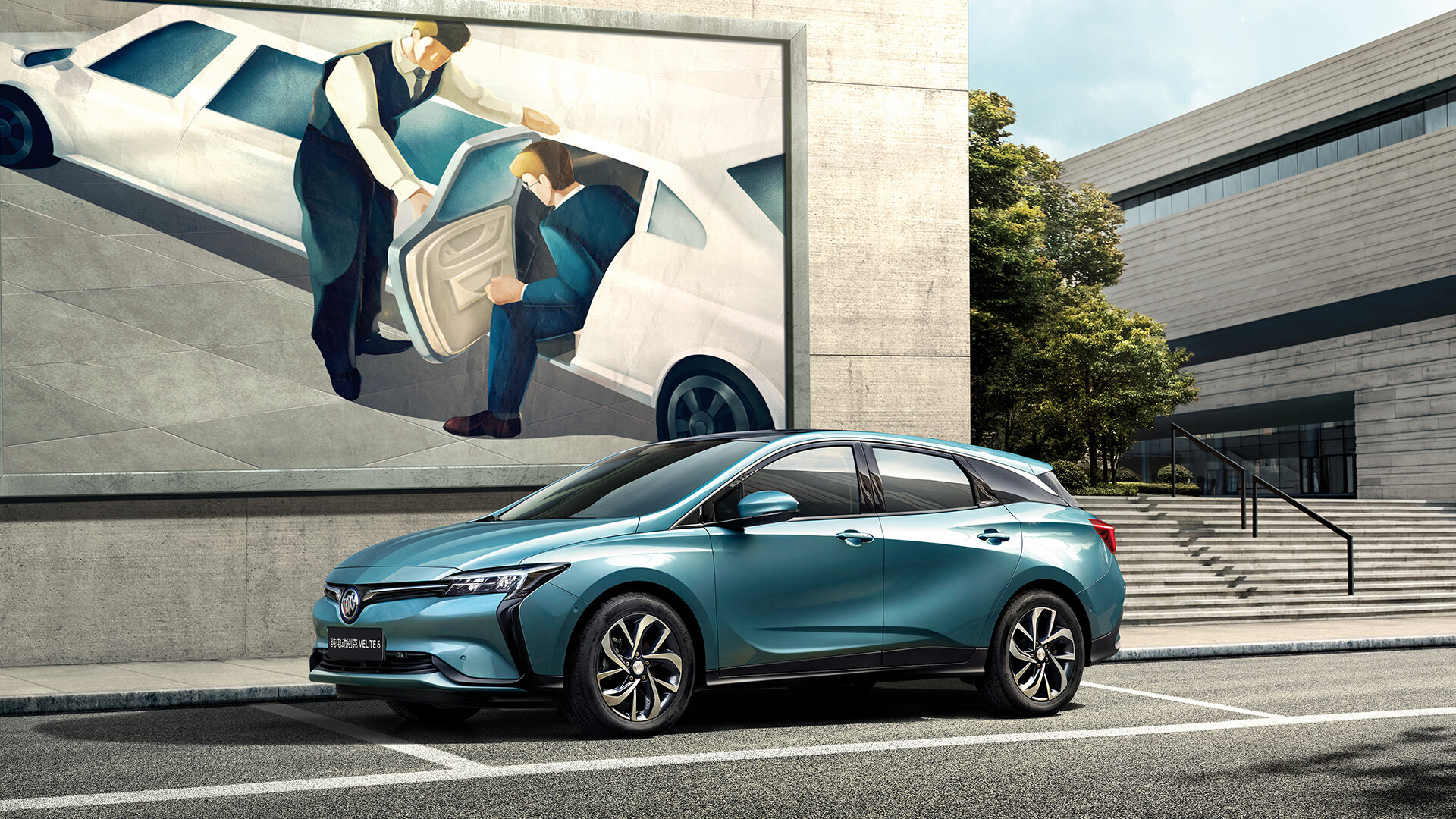Chevrolet Introduces Menlo EV in China – Could It Succeed in the U.S.?
[Feb. 28, 2020]
General Motors has lately made a lot of bold statements about its commitment to electrification, all the while currently only selling one fully electric vehicle in the U.S. – the Chevy Bolt EV. But if you want to get an idea of what might be on the drawing board for the U.S. market, you need look no further than across the Pacific to China. Chevrolet just launched the Menlo EV crossover for the China market, a platform mate to the Buick Velite 6 launched last year.
The Menlo EV (top) and the Buick Velite (above) share the same platform.
To be sure, China and the U.S. are radically different markets in terms of consumer tastes, regulations, and fuel prices, just to name a few. But it seems the Menlo could be a potential hit in the crossover-crazy U.S. market. However, in its current configuration, the Menlo is clearly targeted toward China-market tastes and requirements. Its motor puts out a respectable 110 kW and 350 Nm of torque, which translates to 148 hp and 258 lb-ft. While those figures look fine by themselves, they pale in comparison to the Bolt, which produces 200 hp and 266 lb-ft of torque. The Menlo’s 52.5 kWh battery is also quite a bit smaller (capacity-wise) than the Bolt’s 66 kWh battery. The Menlo’s 255-mile NEDC range (which tends to be much more generous than the stricter EPA rating) also comes well short of the Bolt’s 323-mile NEDC equivalent rating).
However, the Menlo is attractively priced in the China market at the equivalent of between $22,770 and $25,620 after government subsidies. Note that GM will soon lose its federal tax credits altogether in the U.S., making the Bolt potentially a $40,000+ proposition.
Subjectively, the Menlo seems to tick the right boxes for the U.S. market. It’s good looking, taking a lot of its styling cues from the sporty Blazer, and it’s a crossover, a seeming sure-fire sales success formula over the last few years. But a few changes would need to be made for the U.S. market. It would need at least as much, if not more power than the Bolt, and similar or longer range. Could GM entice buyers with a $45,000 electric crossover? Maybe. High prices are a persistent deterrent to EV adoption in the U.S. Will customers buy a smaller, shorter-range EV model when the bigger, bolder Blazer offers more room, more power (at least on paper) and a longer (albeit gasoline-powered) range?



As with the Kia Niro EV TheWattCar recently tested, it seems legacy OEMs are counting on federal tax credit to offset their high asking prices. Only Tesla so far seems to understand that it needs to offer a compelling proposition in terms of features, range, performance, and style for a comparable price to equivalent internal-combustion vehicles. Objectively, the Bolt is a strong performer, receiving praise from critics for its driving dynamics, practicality, and range. Although styling is subjective, the Bolt is regarded by many as homely, a trade-off for its design optimized for ride hailing, and spending more on the drivetrain and battery than the rest of the car.
At first glance, the Menlo (or something similar) looks like it could have a better chance of succeeding than the awkward-looking Bolt. But Tesla has undeniably set the bar high in terms of consumer expectations for EVs. It had better be more than just a “compliance car.” If GM is as serious as it says it is with its electrification initiative, it needs to start offering no-excuses, compelling EV models in popular categories for a reasonable price. Maybe then we’ll stop singing “A little less conversation, a little more action.”
(Images courtesy of the manufacturers)
Like what you read? Follow us on Google News and like us on Facebook!








